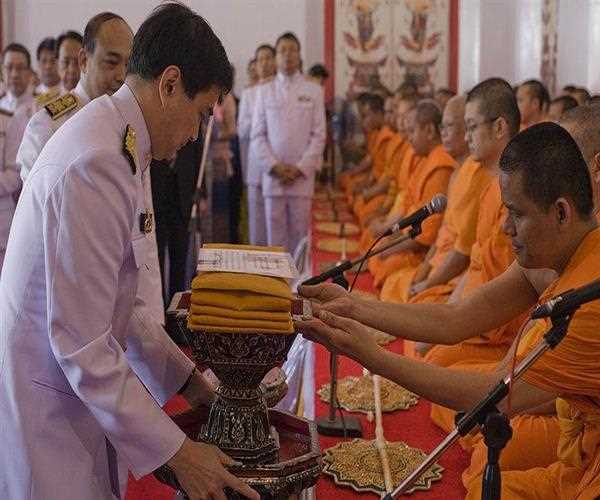It is a season of giving when the laity expresses their appreciation to the
bhikkhus (Buddhist monks). Donations, particularly new robes for the monks, are brought to temples by lay Buddhists. The
attha parikara (also known as Atapirikara in Sri Lanka) - the Eight Requisites - is also included in the gifts.

Kathina is a Pali word that refers to the wooden frame that is used to measure the
length and width of Buddhist monks' robes. According to mythology, thirty bhikkhus set out on a journey with the goal of spending Vassa with
Gautama Buddha. However, rain began to fall before they arrived at their destination, forcing them to make a pit stop in
Saketa. Mendicant monks should not travel during the rainy season, according to Buddha's Vassa rules, because they may unintentionally destroy crops and/or insects. As a result, the monks had to come to a halt.
The Buddha honoured the monks by displaying a manner to practise sharing and generosity after the bhikkhus spent their time together without quarrel and
practising Dhamma. Because a lay disciple had earlier given the Buddha bits of cloth, the Buddha now gave the pieces to the monks and told them to create a robe out of it and give it to one of them as a gift. The
pieces were held together in a frame called a Kathina while they were assembled into one garment.